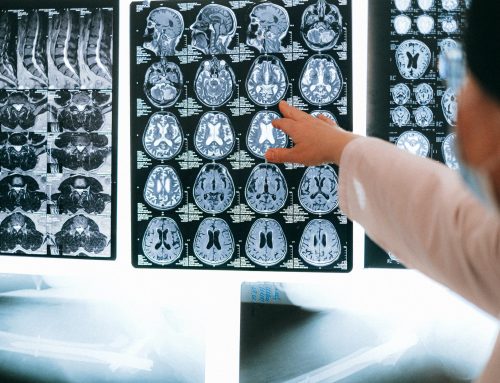During the past several decades, there have been trends in diagnosing children and teens who have behavioral issues. For a time, ADHD was the most popular and common diagnosis given to children and teens. In the 1990s, bipolar disorder started gaining attention, and many young people were being diagnosed with that disorder. Even today, some providers still have difficulty telling the two apart—is it ADHD, or is it bipolar disorder? While there are some traits these two disorders have in common, they are very different. Their treatments and medications are also very different, and there can be negative outcomes if the wrong treatment is provided. This is one reason why it is very important to have a proper diagnosis.
Let’s start with the things ADHD and bipolar disorder seem to have in common. First, a main feature of both disorders is high energy and impulsivity. At times, individuals with ADHD or bipolar disorder can seem to be “all over the place,” have difficulty focusing, and be frequently shifting their attention. Additionally, having racing thoughts, talking a lot, and interrupting others can be symptoms of both disorders. Moods can also be changing, as the hallmark of bipolar disorder is shifting from high (i.e., elated, happy) to low (i.e., depressed, sad) moods; in ADHD, moods can also shift in a noticeable manner.
While there are some basic areas of overlap, ADHD and bipolar disorder are not the same. First, symptoms of ADHD must begin in childhood (before age 12) in order to meet the diagnosis. Bipolar disorder, on the other hand, tends to emerge in the late teens and early 20s. (While it is possible for children to have bipolar disorder, it is much more common in adults). Second, the severity of impulsive behaviors is different. In ADHD, individuals might engage in some “risky” behaviors, such as extreme sports or occasional impulse shopping. Some types of ADHD also lead individuals to be “on the go” and liking to keep busy. On the other hand, individuals with bipolar disorder only engage in these behaviors during manic phases (i.e., not all the time like in some individuals with ADHD). Additionally, manic behaviors are typically much more severe, such as spending all of one’s savings at a casino or putting oneself in life-threatening situations due to a feeling of being invincible.
Finally, the changes in mood are quite different in the two disorders. Individuals with ADHD may have mood shifts that occur within minutes or hours, and not everyone with ADHD experiences this symptom. In bipolar disorder, moods are fairly stable. They may have long periods of a “normal” mood (i.e., neutral, no signs of depression or mania), following by short or long periods of mania or depression. As noted, the highs and lows of bipolar disorder are much more significant and impairing than the moodiness seen in ADHD. While those with ADHD might also experience depression related to their disorder, the severity is typically not the same as the depression seen in bipolar disorder.
As noted, the treatments and medications are also different in both disorders. Giving a stimulant to an individual with bipolar disorder may make manic episodes worse. Using lithium (a common medication for bipolar disorder) can be unsafe for those without the disorder. Therefore, it is best to take the necessary steps to ensure an accurate diagnosis. While research has shown that a percentage of individuals may have both bipolar disorder and ADHD, most are likely to have one disorder or the other. Testing and a thorough history can help rule this out.






